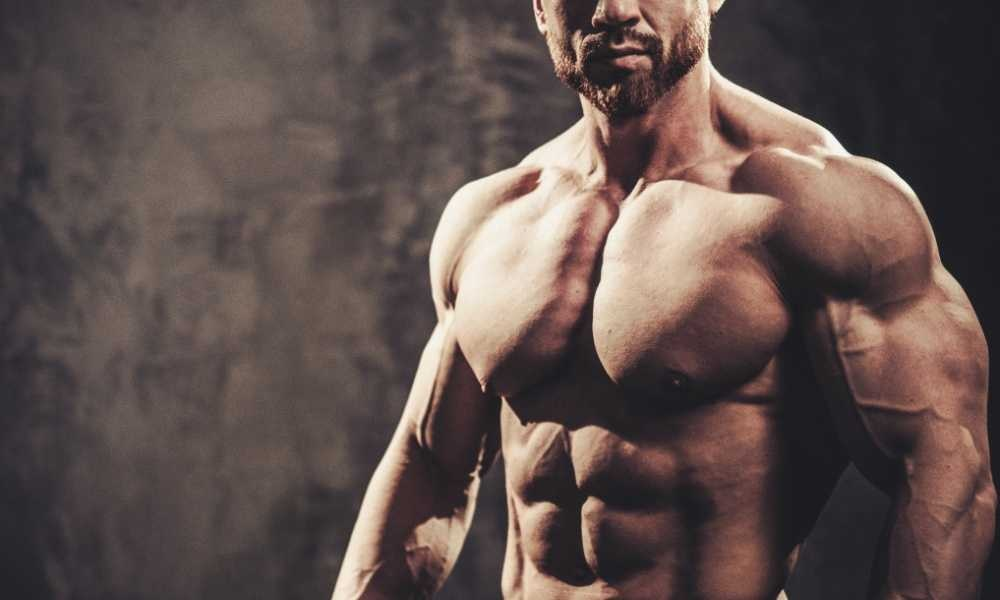Advanced Strategies for Developing the Central Chest
Developing the central part of the chest is a challenge that many bodybuilding enthusiasts face. Achieving that precise definition between the upper and lower parts of the chest is not just about aesthetics; it’s also an indication of strength and muscle symmetry. This article explores methods and practices that go beyond basic exercises, focusing on advanced strategies to maximize growth and definition.
Understanding Anatomy for Better Training
The chest anatomy is complex, with its multiple muscle fibers stretching in different directions. This anatomical complexity suggests the need for a multifaceted approach to training, one that covers the entirety of the muscle fibers, especially those in the central chest area. Visualizing the muscle as a series of overlapping layers can aid in selecting exercises that maximize stimulus in these areas.
Avoiding Common Mistakes
The first step to effective training is avoiding common mistakes that limit muscle growth. One such mistake is a lack of exercise variation, which can lead to a plateau in muscle development. Including movements that promote a full range of motion is essential for engaging all fibers of the central chest.
Diving Deeper into Key Exercises
Maximizing the Potential of the Fly
In the fly, whether performed on a machine or with dumbbells, the emphasis should be on full extension and maximum contraction of the chest. Slightly altering the body’s angle can help focus more on the central region. Experimenting with small adjustments may reveal the perfect angle for maximizing muscle activation.
The Crossover: Variations for Efficiency
The crossover, performed with cables or resistance bands, offers a range of variations that can intensify the work on the central chest. Adjustments in the cable height and body position can significantly change the chest region being most engaged. Exploring these variations can lead to surprising gains.
Intensification Techniques
Incorporating intensification techniques such as drop sets, supersets, and rest-pause can significantly increase the stress on the central chest. These techniques, when applied correctly, enhance time under tension and muscle fatigue, crucial elements for growth.
The Role of Recovery and Nutrition
Recovery and nutrition are as important as the training itself. Inadequate recovery and insufficient nutrition can negate the expected gains, regardless of the training intensity. Therefore, it is vital to incorporate proper rest and a nutrient-rich diet to support recovery and muscle growth.
Conclusion
The pursuit of the perfect central chest is a journey of constant learning and adaptation. Experimenting with different exercises, training techniques, and adjustments in nutrition are fundamental to discovering what works best for your body. The key to success lies in combining knowledge, dedication, and a strategic approach to training. Developing an impressive central chest does not happen overnight, but with the right training, patience, and persistence, the desired results are within reach. Remember, each body is unique, and customizing your training is essential for achieving individual goals.


